Cycling, Motorbiking, and Scootering in Sainte-Marie
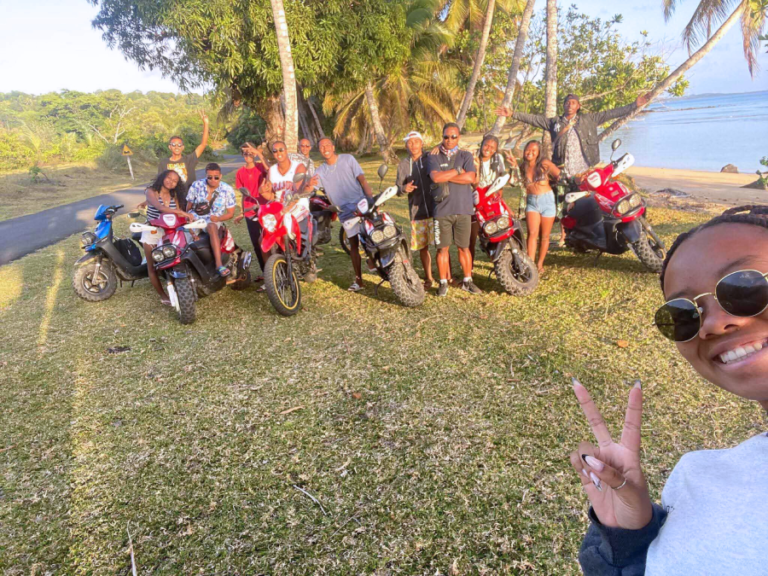
Sainte-Marie, a small island 58 km long and 5 km wide, offers various transport options for visitors wishing to explore it.

Sainte-Marie, a small island 58 km long and 5 km wide, offers various transport options for visitors wishing to explore it.
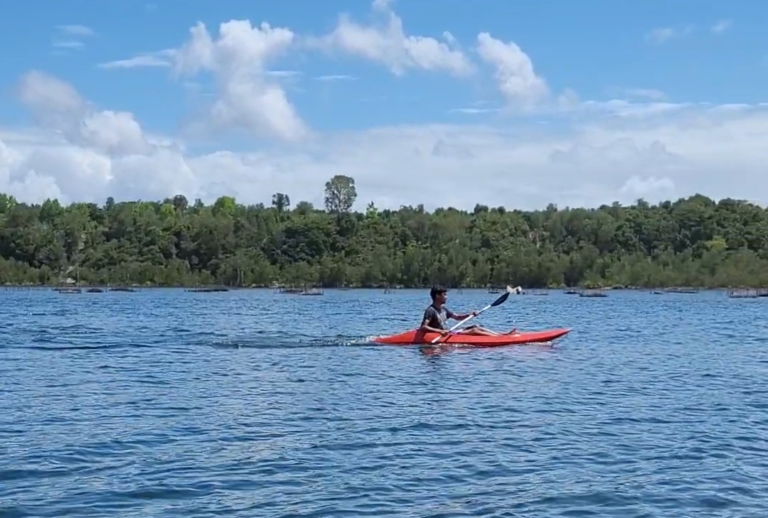
Stretching for approximately 700 km along the eastern coast of Madagascar, the Pangalanes Canal is a beauty, a national treasure. Between peaceful lakes and narrow passages, it links Tamatave (Toamasina) to Farafangana, offering a striking spectacle. It was the French who, in the late 1940s, undertook to connect this succession of estuaries to create a north-south waterway, safer than the often rough and dangerous Indian Ocean.
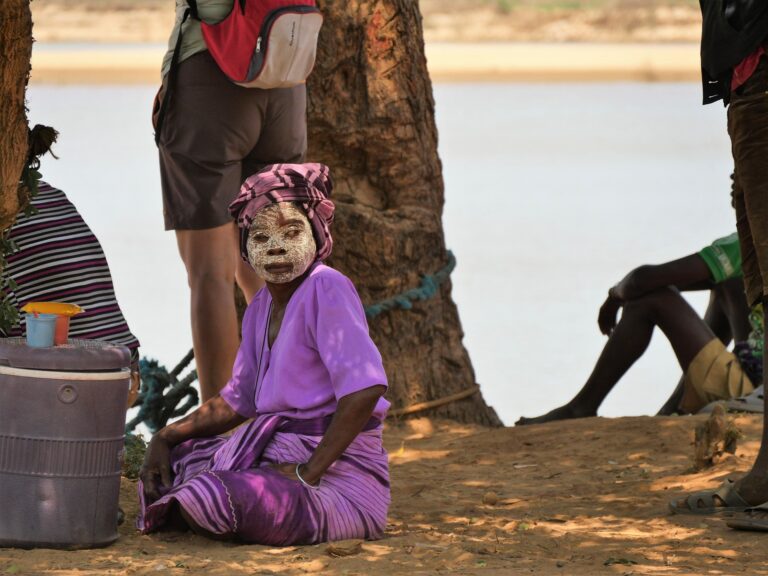
Masonjoany, also known as Santalina Madagascariensis, is an iconic sandalwood of Madagascar, highly valued for its cosmetic and ritual properties. Although sandalwood is native to regions such as India, Nepal, and Australia, it has found a favourable climate in Madagascar, particularly in the western part of the island.
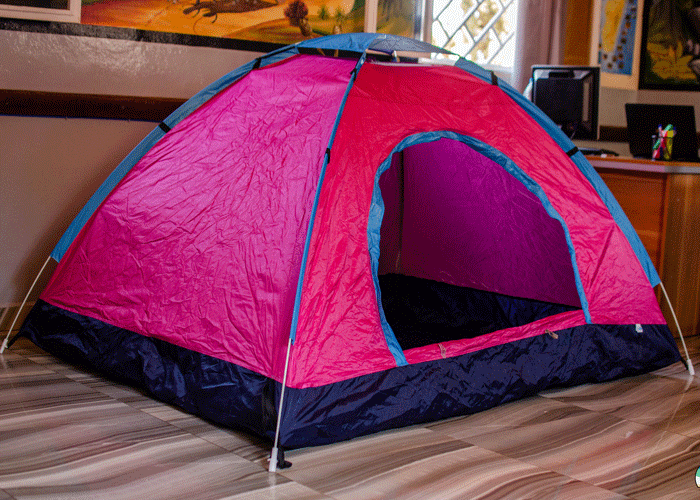
Camping is one of the best ways to connect with nature while escaping the hustle and bustle of city life. However, it is important to be mindful of heavy rains during the wet season, which lasts from late November to early May.
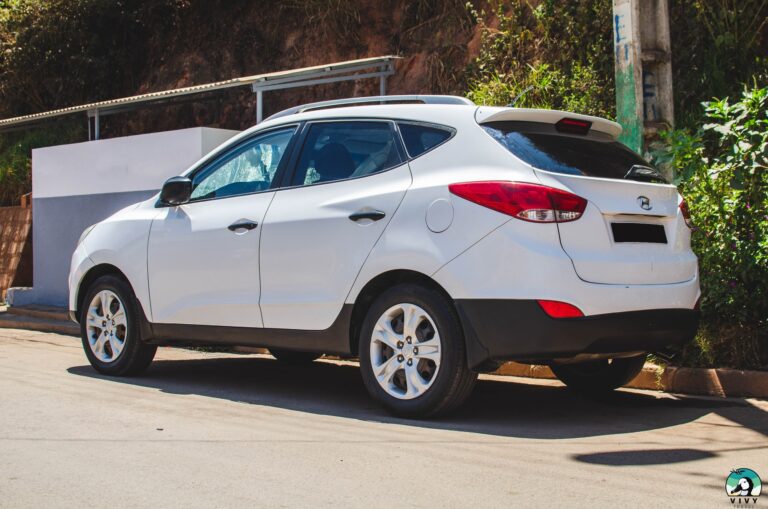
Travelling around Madagascar by car is a true adventure, offering both discovery and adrenaline. With a road network of approximately 30,000 km, less than 20% of which is paved, getting around the island requires preparation and patience. Outside the main roads, routes are often riddled with potholes, while secondary tracks, sometimes extremely rugged, become impassable during the rainy season (November to April).
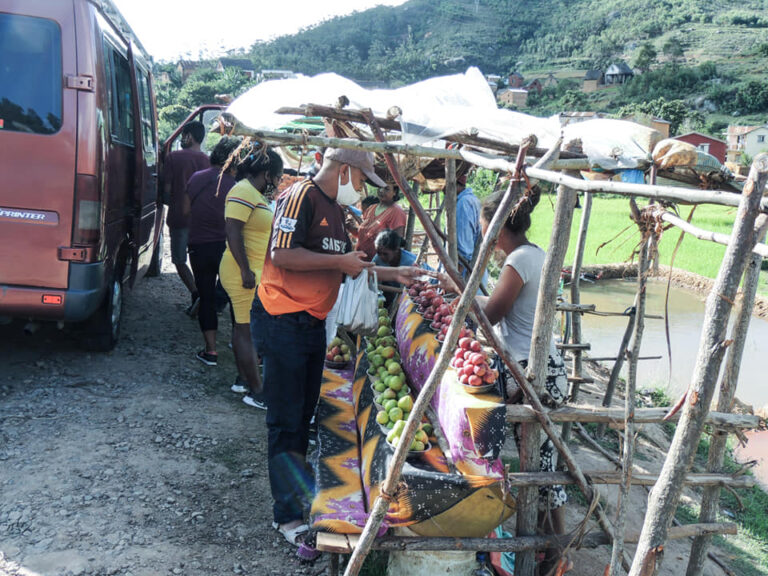
First-class bush taxis in Madagascar are said to be the ultimate travel hack for exploring the country on a budget. Providing a more comfortable and secure alternative to traditional bush taxis, they attract both local travellers and foreigners seeking convenience.

Wandering through the local markets of Madagascar, one is greeted by a world of fragrances and colours. A land of spices, its market stalls are filled with culinary treasures that delight food enthusiasts and travellers seeking the authentic flavours of the Great Island.
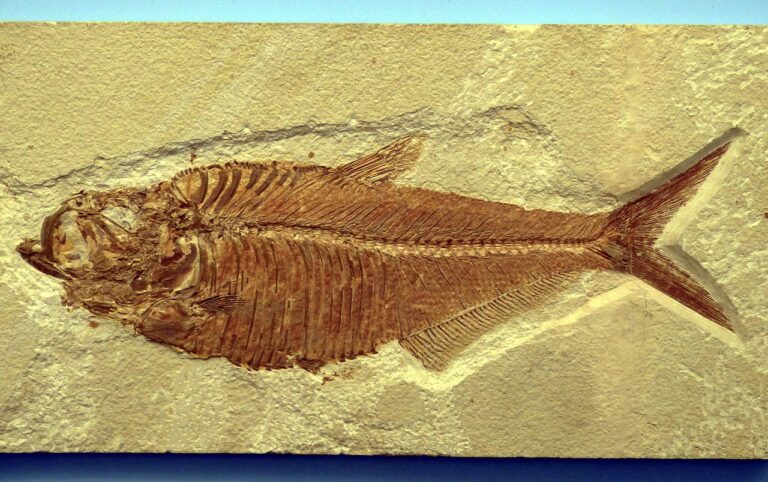
During your stopover in Toliara, be sure not to miss a visit to the Rabesandratana Museum, an essential spot for marine life and flora enthusiasts. Located on Avenue de France, near the port, this maritime museum, founded by Professor Rabesandratana in the 1960s, offers a different perspective on your journey by immersing you in the underwater world of the Mozambique Channel. With its whale skeleton in the courtyard, the museum itself might appear a bit outdated. However, the explanations about the maritime heritage of the region, from Fort Dauphin to Morombe, can be fascinating if you happen to meet the right guide.
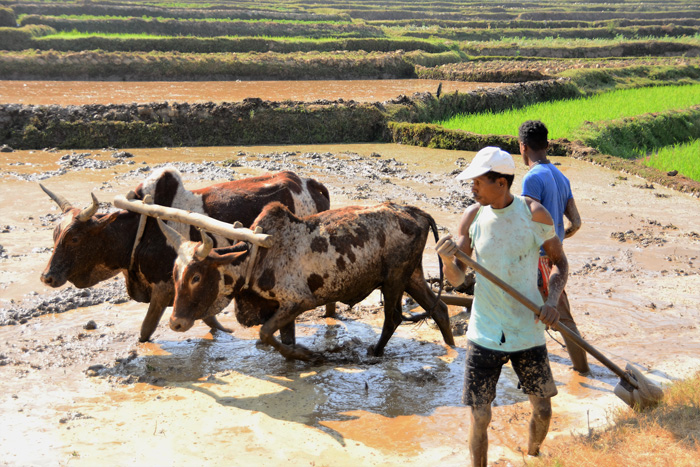
The history of Islam in Madagascar is mainly linked to migrations that took place along the island's east coast. The Antemoro, Antambahoaka, and Antanosy ethnic groups all claim a common ancestor, Ramia, who is said to have come from Mecca. However, modern research has revealed that they were not Arabs, but Islamized Indonesians. The reference to Mecca is therefore essentially symbolic, which explains why there are no direct links between Malagasy Muslims and other Muslim communities, particularly those in Africa.
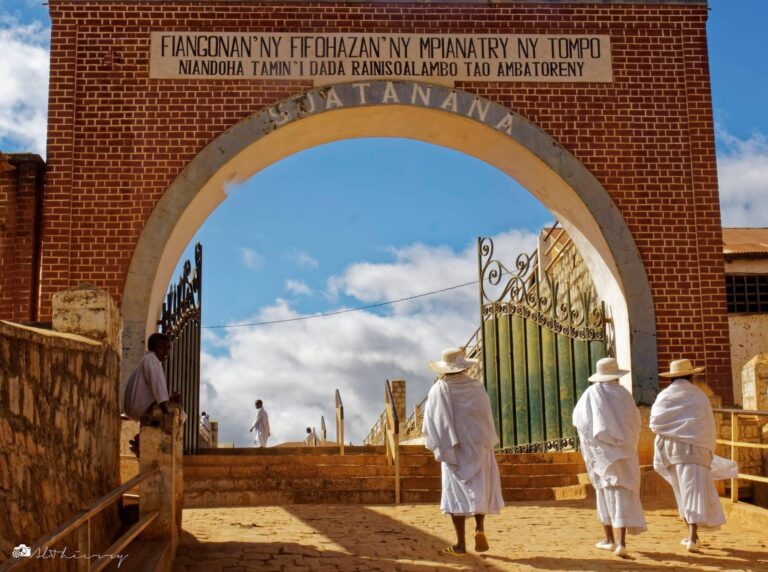
Perched about 40 km west of Fianarantsoa, Soatanana is an exceptional village, especially for Madagascar. Its impeccable layout, neatly aligned houses, and serene atmosphere make it a peaceful and harmonious place. But what truly sets it apart is the strong influence of the Fifohazana Church, a religious revival movement that shapes the village’s identity.